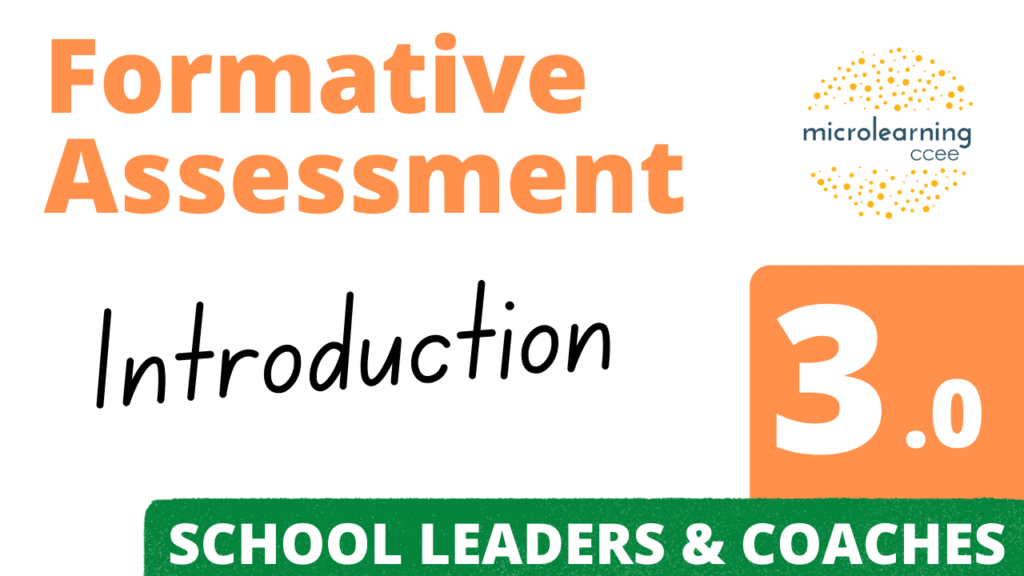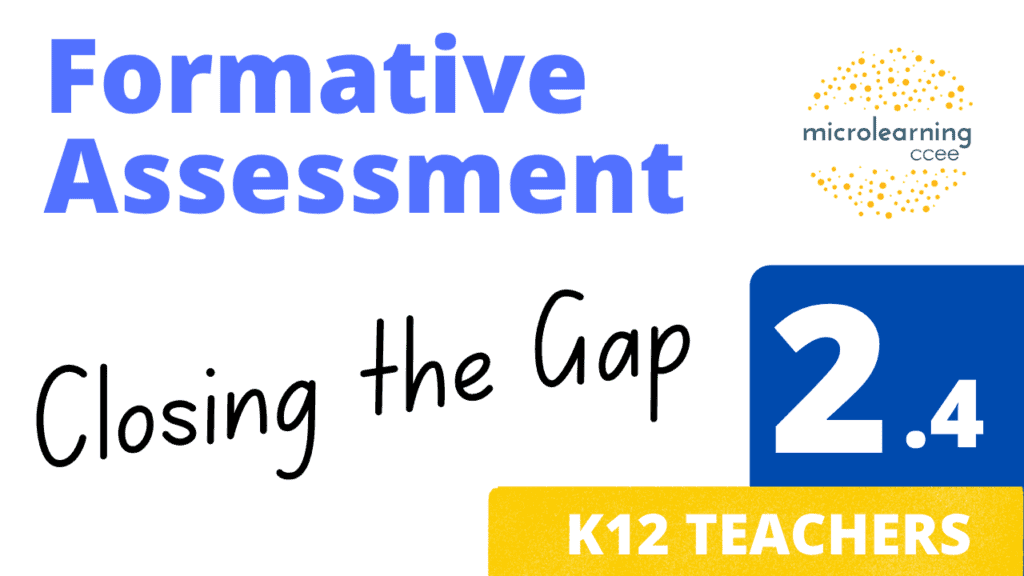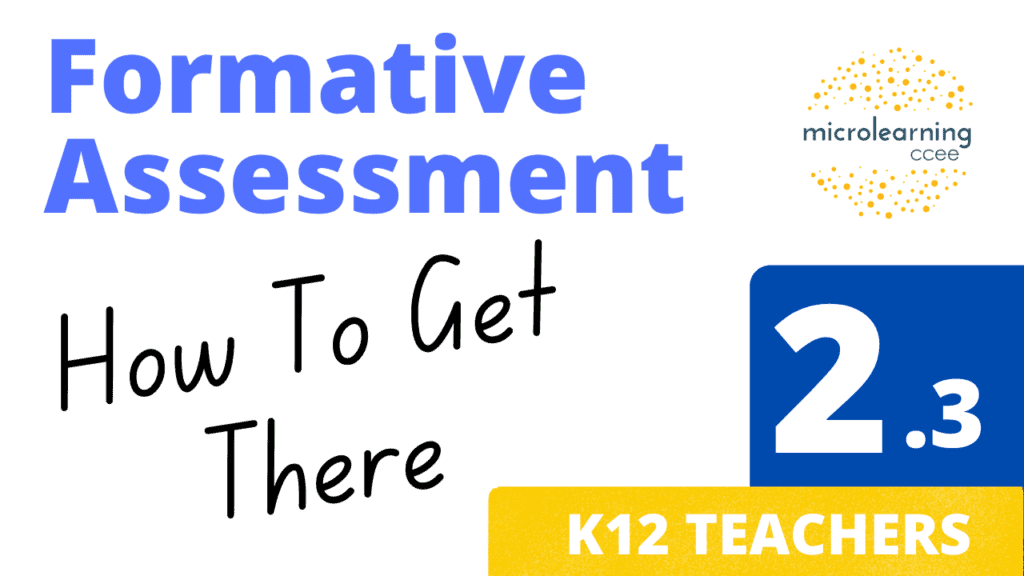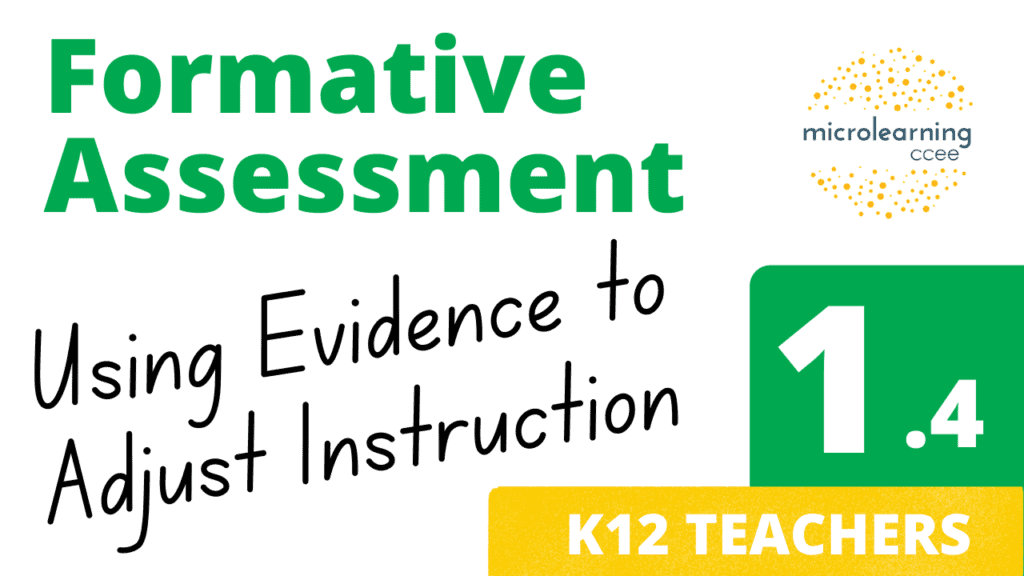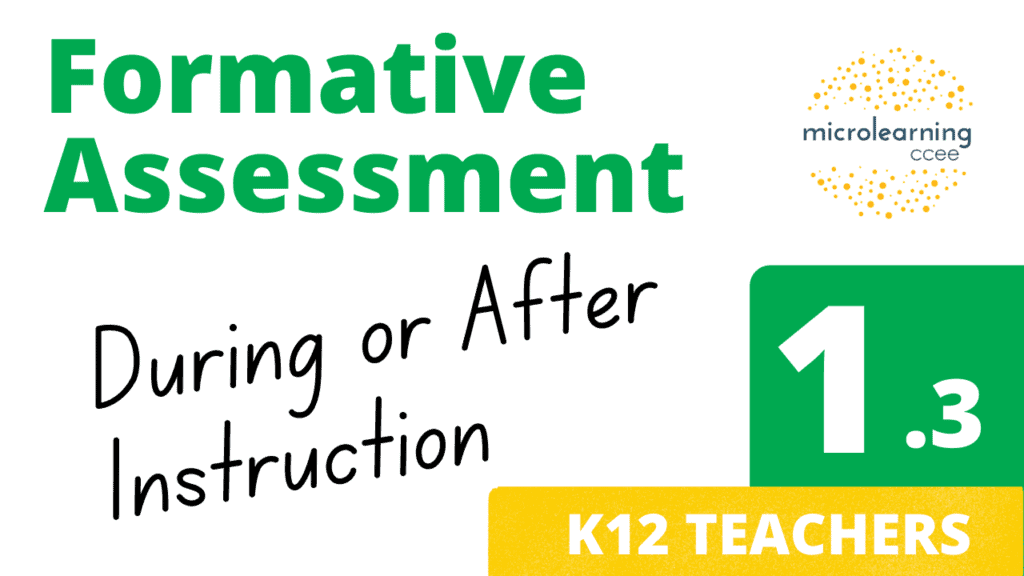Formative Assessment 301 – Introduction
Welcome to the Introduction to Micro-Course 3. This module will provide you with the information you will need to understand the intended audience, guiding questions, organization, and proposed uses of the four modules in Micro-Course 3 as well as how Micro-Course 3 relates to the modules in Micro-Course 1 and 2. This micro-course focuses on providing school leaders with strategies to support teachers focused on learning acceleration using formative assessment processes in the classroom. These micro-courses were created by the California Collaborative for Educational Excellence and the Center for Assessment.
Formative Assessment 301 – Introduction Read More »

